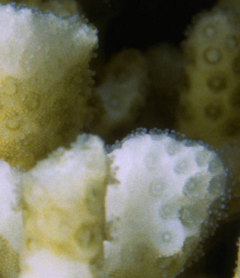|
IMPORTANT USER ALERT (2 July 2024): This past weekend, a storage server at
NOAA's Center for Satellite Applications and Research, which delivers the
NOAA Coral Reef Watch data, suffered a hardware failure. The issue is being
addressed, and we hope to have the NOAA Coral Reef Watch data back up and
running as soon as possible. (1) The most recent data will be made available
first; historical data may take time to be restored. (2) If you need specific
data that are not yet available, please contact us at
coralreefwatch@noaa.gov.
(3) If you use code to pull data, please revise your code to use “…/socd/…”
in lieu of “…/sod/…” in all relevant web addresses for all future needs.
We apologize for any inconvenience this may cause.
|
